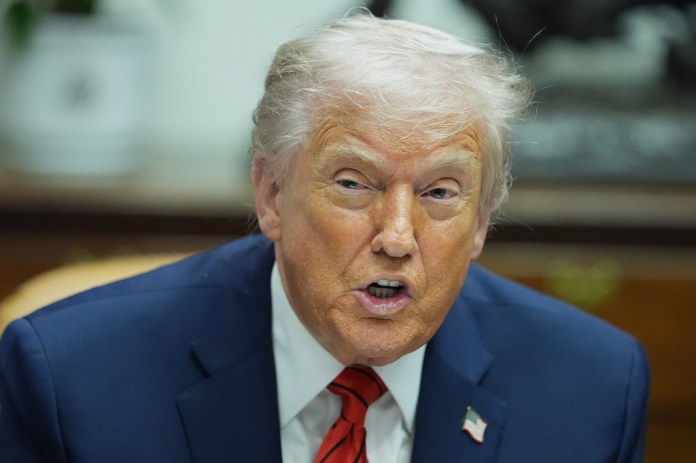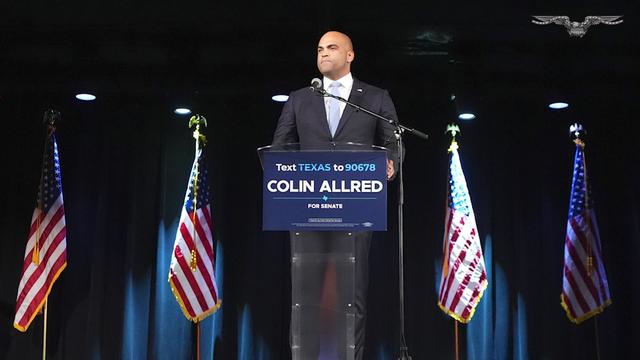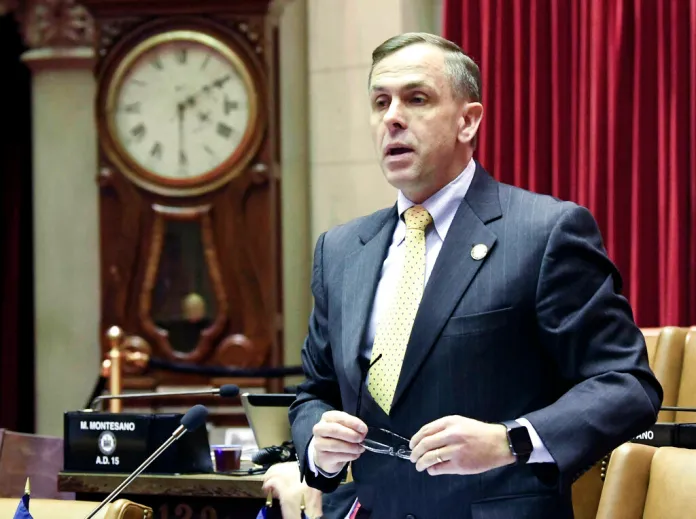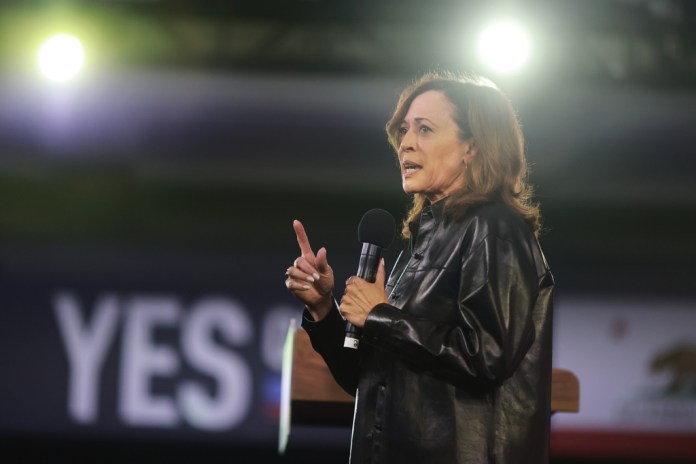Hillary’s smear campaign
The Devious Plan to Swiftboat America: Hillary Clinton’s Russiagate Scam
The Epoch Times presents the second part of an exclusive edited extract from the forthcoming book “Swiftboating America” by Hans Mahncke, co-host of “Truth over News” on EpochTV. Sign up at SwiftboatingAmerica.com to get a notification once the book is out.
The Inception of the Dirtiest Political Trick of All Time
On May 20, 2022, Hillary Clinton’s campaign manager, Robby Mook, finally admitted that it was Hillary Clinton herself who had greenlighted her presidential campaign’s scheme to smear Donald Trump with Russia collusion claims. Mook’s admission, made during his testimony in Clinton campaign lawyer Michael Sussmann’s trial for lying to the FBI about Clinton’s scheme, marked the final chapter in a six year saga that ruined a presidency and turned the world order on its head.
It all began in early 2016 when Jennifer Palmieri, Director of Communications for the Hillary Clinton presidential campaign, received an email from Joel Johnson, a senior advisor to Bill Clinton. Johnson wrote: “who is in charge of the Trump swift boat project? Needs to be ready, funded and unleashed when we decide—but not a half assed scramble.” Palmieri sarcastically replied: “Gee. Thanks, Joel. We thought we could half-ass it. Let’s discuss.”
The exchange was buried in a huge trove of emails from Clinton campaign chairman John Podesta that were released by whistleblower group Wikileaks in October 2016. The significance of the two emails was largely overlooked at the time. It was only with hindsight, and the progressive unraveling of Hillary Clinton’s scheme to vilify Donald Trump, that their importance has become apparent.
We now know that the two emails marked the inception of the dirtiest political trick of all time: Hillary Clinton’s Russiagate scam, a multi-pronged and multi-layered campaign to paint Donald Trump as an asset of the Kremlin. Clinton’s scheme was completely unheard of and beyond the bounds of anything that had previously happened in the dirty world of American politics. In 1972, Republican operatives broke into the headquarters of the Democratic National Committee at the Watergate Office Building in Washington, D.C. The ostensible purpose of the break-in was to eavesdrop on a political opponent but even that act pales in comparison to what Clinton did.
Clinton’s intention was to execute an elaborate scheme that painted her opponent as an agent of a foreign power. It was a devious plan and it came at a heavy price for all Americans. Russiagate not only consumed Trump’s presidency, it also altered the geopolitical balance of powers for generations yet to come. In her failed attempt to become president, Hillary Clinton had swiftboated America herself.
Trump’s Ambition to Improve Relations with Russia
Trump’s slogan throughout the 2016 campaign was “Make America Great Again.” One of the central tenets of Trump’s platform was to get the United States out of its many foreign entanglements, wars, and proxy wars. As part of that wider ambition, Trump was determined to improve relations with Russia.
American Russian relations had been deteriorating since the days of the George W. Bush presidency, perhaps captured best by Bush’s foolhardy 2008 Bucharest Declaration in which it was announced that Ukraine and Georgia would become members of NATO. Admitting these two countries into NATO was a well known red line for Russia. Crossing that red line was not only reckless, it flew in the face of a 1991 promise made by Bush’s father, President George H.W. Bush, not to expand NATO at all.
Trump recognized the problem of antagonizing Russia long before he became president. One of Trump’s campaign themes starting in 2015 was to improve relations with Russia. He would often ask at his rallies “If we could get along with Russia, wouldn’t that be a good thing, instead of a bad thing?”
Trump’s views were well-known. In his first foray into public policy writing in 2000, Trump noted in The America We Deserve: “The Soviet Union is no longer a threat to our Western European allies. America has no vital interest in choosing between warring factions whose animosities go back centuries in Eastern Europe. Their conflicts are not worth American lives,” continuing by lamenting that the “cost of stationing NATO troops in Europe is enormous, and these are clearly funds that can be put to better use.” Trump repeated these sentiments on the campaign trail. In August 2015, he said he “would not care that much” about Ukraine’s NATO entry. This was anathema to the foreign policy establishment. The media ran breathless headlines proclaiming that Trump had abandoned Ukraine and ditched Europe.
The Catalyst: Painting Trump as a Russian Stooge
This was happening long before Hillary Clinton had kicked off her smear campaign against Trump and long before the apprehension among Washington, D.C.’s ruling class that Trump might upend their preferred world order, created the framework for Clinton’s decision to make Trump-Russia collusion the centerpiece of her Swiftboat project.
Like all political campaigns, the Clinton campaign was looking for an issue to hang around her opponent’s neck. There was a lot to choose from, including Trump’s checkered past in the real estate industry and his philandering. But those issues had strings attached. Reminding voters of Trump’s business past might have strengthened his image as an outsider who could get things done. Highlighting his extramarital flings would not have had the same effect as it would have in the 1980s. Ironically, it was Hillary Clinton’s husband Bill who broke that particular glass ceiling.
What was needed was something that would catalyze traditional political smears involving suspect business matters and extramarital affairs into something more explosive. Russia was that catalyst. Best of all, it was an issue that the entire Washington, D.C. establishment could coalesce around.
By painting Trump as a Russian stooge, the Clinton campaign would garner a wide coalition of support ranging from globalists to war mongering neocons. The Russian stooge story could be interspersed with more familiar stories about shady business dealings and illicit affairs. Putting Trump and the Kremlin in the same corner also provided Hillary Clinton with an insurance policy in case any of her 30,000 deleted emails from the clandestine server she used during her time as secretary of state were leaked. Any disclosure could be blamed on the Russian government and, by extension, on Trump, thereby deflecting attention from whatever was in those emails. In the end, the 30,000 emails never surfaced. But that did not affect the implementation of Hillary Clinton’s devious plan. When unrelated emails from the Democratic National Committee were released in July 2016, Hillary pulled the trigger on her carefully crafted Swiftboat project.
It was Clinton’s communications director Jennifer Palmieri who initially got the swift boat plan rolling. As we would later find out from Wikileaks’ release of Clinton campaign chairman John Podesta’s emails, a
" Conservative News Daily does not always share or support the views and opinions expressed here; they are just those of the writer."




